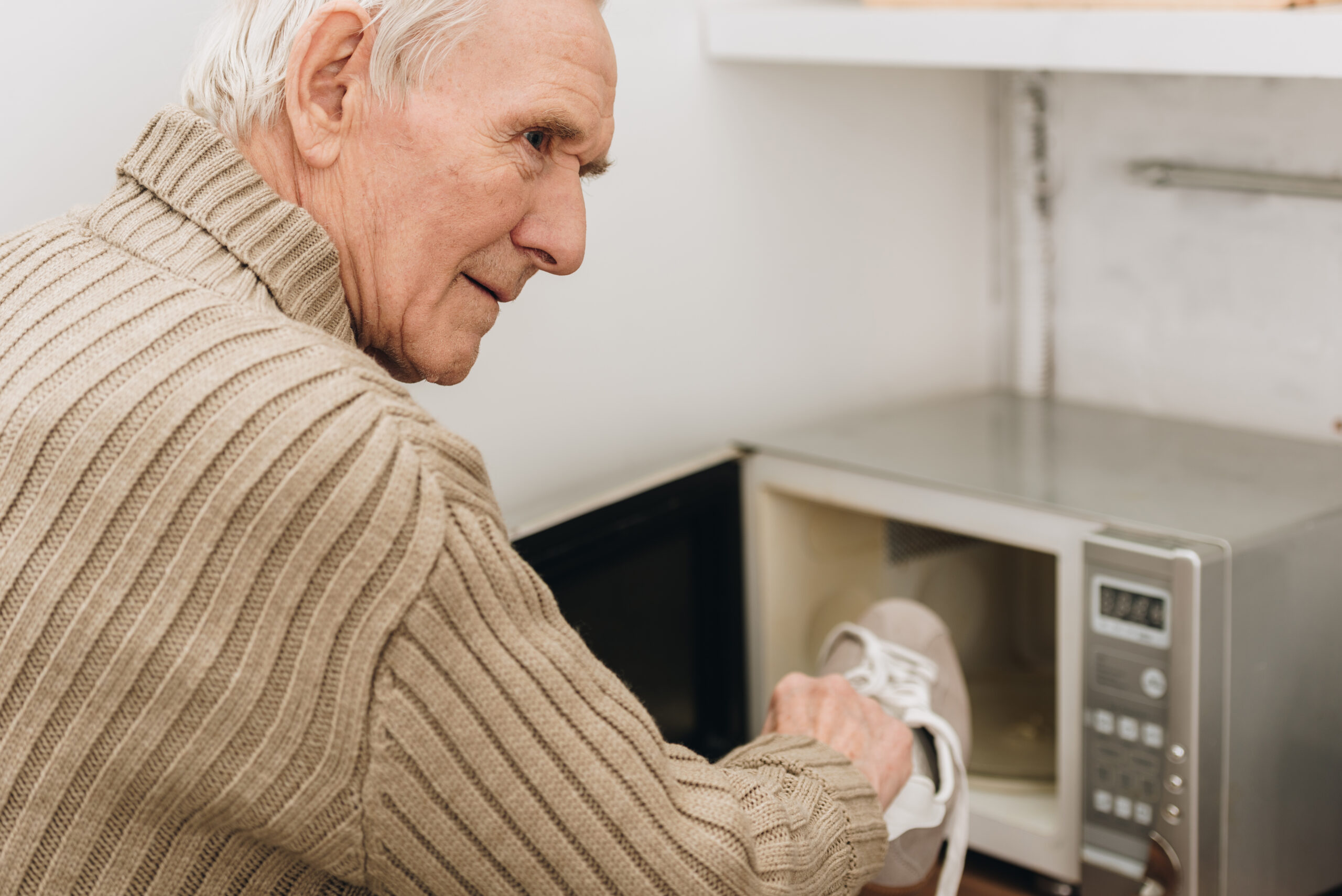Why Your Skin Starts to Change at 30 — And How to Fight Back
As you hit your 30s, your skin starts to tell a new story—one that’s different from the youthful glow of your 20s. This change happens because several natural processes inside your body and skin begin to shift, affecting how your skin looks and feels.
One big reason for these changes is that the production of collagen and elastin in your skin slows down. Collagen is like the scaffolding that keeps your skin firm and plump, while elastin gives it stretchiness. When these proteins decrease, you might notice fine lines starting to appear and a bit of sagging or loss of firmness. Your skin doesn’t bounce back as easily as it used to because its “recoil” ability weakens.
Another factor is how fat is distributed under the skin. Most body fat actually lives in the layers beneath your skin, helping give it volume and smoothness. As you age past 30, this fat shifts around or diminishes in some areas, which can make certain parts of your face look less full or more hollow.
Hormones also play a key role during this decade. Estrogen levels begin to fluctuate in early 30s which affects sebum (oil) production on the surface of the skin. This can lead to unexpected breakouts even if you never had acne before, along with dryness or uneven texture developing over time.
Your natural cell turnover—the process where old dead cells shed off and new ones replace them—also slows down significantly after 30. This means dullness can set in because those fresh glowing cells take longer to reach the surface.
So what does all this mean for fighting back?
– Focus on supporting collagen: Ingredients like retinol help stimulate collagen production but should be introduced carefully since they can increase sensitivity at first.
– Hydrate well: Keeping moisture locked into the skin helps maintain elasticity and smoothness.
– Balance oil without stripping: Use gentle cleansers or masks like clay-based ones that absorb excess oil but don’t dry out your face.
– Protect from damage: Daily sunscreen use prevents further breakdown caused by UV rays which accelerate aging signs.
– Adjust makeup routines: As texture changes occur, formulas that worked before might not sit right anymore; experimenting with different products suited for mature or changing skins helps maintain a fresh look.
Understanding these shifts lets you tailor skincare habits thoughtfully rather than trying quick fixes aimed only at erasing wrinkles superficially. Your 30s are about balance—nurturing what’s still strong while gently addressing new needs so that healthy radiant-looking skin stays within reach longer than ever before.





